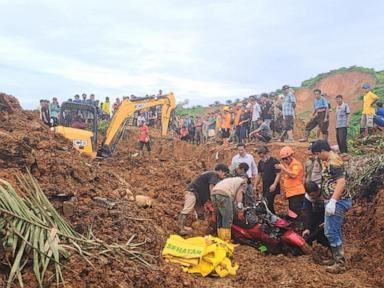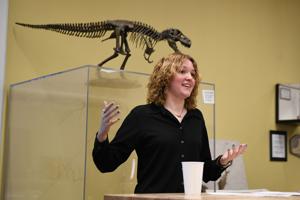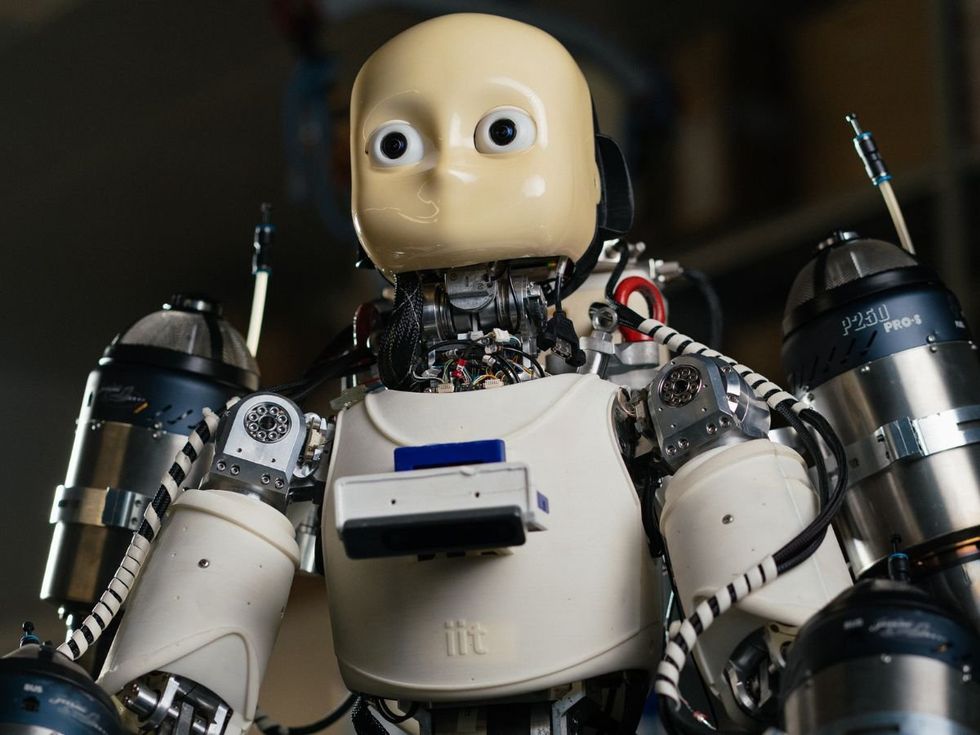A groundbreaking development in robotics has emerged from the Italian Institute of Technology (IIT) in Genoa. The iRonCub, a flying robot designed in the shape and size of a five-year-old child, successfully achieved liftoff and stable flight for the first time. This milestone was reached over the summer after nearly a decade of development led by researcher Daniele Pucci.
The iRonCub employs a jet propulsion system, with four jet engines generating over 1,000 N of thrust that lifted the robot 50 centimeters off the ground for several seconds. The long-term vision for this innovative robot is to serve as a disaster response platform. In scenarios such as floods or fires, iRonCub could navigate obstacles quickly, land, and then walk to assist in rescue efforts by moving debris and opening doors.
Pucci emphasizes the significance of this research, stating, “We believe in contributing to something unique in the future. We have to explore new things, and this is wild territory at the scientific level.” The practical implications of iRonCub extend beyond its initial design, showcasing the need for advanced robotics in emergency situations.
Challenges and Innovations in Robotics
Creating a humanoid robot capable of flight poses considerable challenges. While the thrust generated by the jet turbines is substantial, maintaining stability during flight requires precise control from the robot itself. Pucci notes the complexities involved, particularly regarding the robot’s exposure to exhaust gases, which reach temperatures of 800 degrees Celsius and travel at nearly supersonic speeds.
To address these issues, Pucci’s research group published a paper in Nature Engineering Communications that outlines a comprehensive approach to modeling and controlling aerodynamic forces for humanoid robots. This research is vital not only for iRonCub but also for future applications in robotics.
The algorithms developed for thrust estimation can be adapted for other flying platforms, including electric vertical takeoff and landing (eVTOL) aircraft. Furthermore, insights into aerodynamic compensation are applicable to ground-based humanoid robots, which must also contend with windy conditions.
Driving Innovation and Attracting Talent
The excitement surrounding the iRonCub project has significant implications for attracting talent to IIT. Engaging flagship projects like this enhance student and researcher enthusiasm, fostering a vibrant environment for innovation. Pucci draws parallels to the DARPA Robotics Challenge, where the palpable energy and excitement stem from working on pioneering technology.
Future enhancements for iRonCub include a new jetpack design that will improve yaw control and the potential addition of wings for more efficient long-distance flight. However, as the project progresses, logistical challenges arise. Testing capabilities are currently limited to the rooftop of the IIT building, and future evaluations may require coordination with the Genoa airport.
Despite these hurdles, Pucci remains optimistic about the project’s potential. “This is not a joke. It’s something that we believe in. And that feeling of doing something exceptional, or possibly historical, something that’s going to be remembered—that’s something that’s kept us motivated. And we’re just getting started.”
The journey of iRonCub underscores the transformative potential of robotics in addressing real-world challenges, paving the way for innovative solutions in emergency management and beyond.





































































